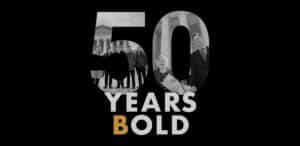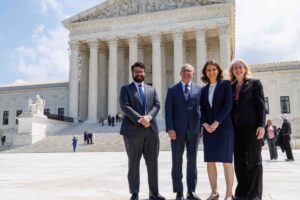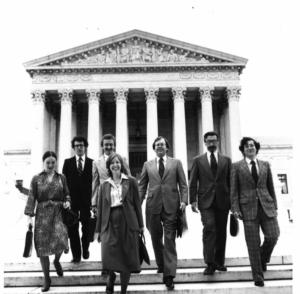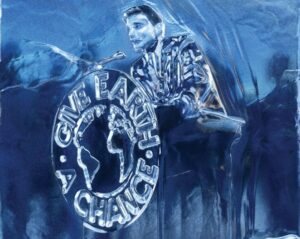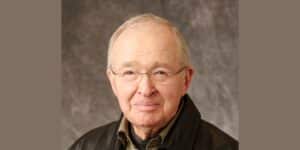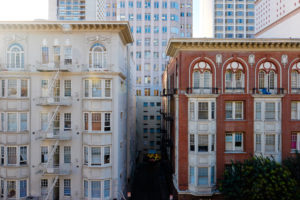50 years of fighting — PLF looks back at our beginning
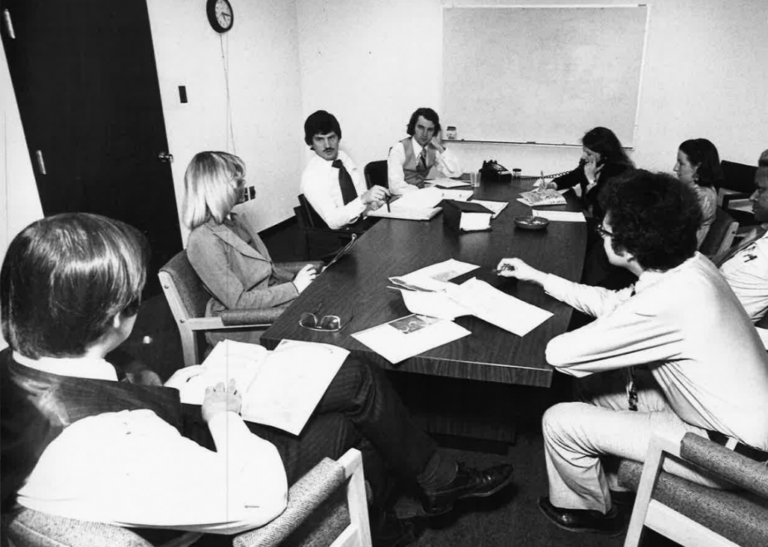
It was 50 years ago today, on March 5, 1973, that Pacific Legal Foundation was born. Afterward newspaper Human Events said the date “may go down in history as the day the worm began to turn.”
For those of us who came of age with a vibrant, growing liberty movement, it’s hard to remember how different things were in 1973. There was no Cato Institute, no Mercatus Center, no Institute for Justice, no FIRE. The Heritage Foundation had been formed just one month before PLF, in February 1973. What is now a forest of vaunted liberty-oriented groups, interconnected and flourishing, was back then only a few saplings. Every public interest law firm that existed in the country had “liberal to radical” views, as the American Bar Association put it. There was nothing like PLF.
Because of that, the story of how PLF came to be—what was happening in the country at the time, and the role PLF filled—is the beginning of a larger story: the story of the modern movement to defend liberty.
The seeds of an idea
The administrative state was having a growth spurt in the early seventies.
In 1970, President Richard Nixon created the Environmental Protection Agency and Occupational Safety and Health Administration, two agencies armed with new ability to inspect, regulate, and punish private activity. New “social regulations” coming out of Washington were aimed at promoting the public good, even at the expense of individual rights.
Progressive public interest groups supported and advanced these social regulations. They had such success that Lewis Powell, who was about to be nominated to the U.S. Supreme Court, wrote a memo to the U.S. Chamber of Commerce warning that “the free enterprise system” was under attack. He urged the Chamber to consider using litigation to effect change, just as left-leaning public interest law firms did.
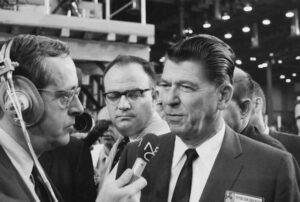
Meanwhile, in California, Governor Ronald Reagan and his staff were learning first-hand how effective public interest law firms could be.
Reagan had been elected with a mandate to scale back the state’s welfare spending, which had ballooned considerably. The number of Californians receiving welfare checks grew by 40,000 new cases each month. Reagan worked with Democrats in the state legislature on a reform package, but the reform bill was blocked after two progressive organizations filed a lawsuit.
Ronald Zumbrun, an attorney working on welfare reform for Reagan, was both frustrated and impressed by how these organizations tied up Reagan’s reforms in court. In mid-1972, he started having discussions with a few others who’d been involved in the welfare reform fight, including Roy Green and James M. Hall, about the possibility of starting a different kind of public interest law firm.
In published interviews, Hall later credited himself with giving Zumbrun the idea to start PLF. “I said, ‘Why can’t we have somebody in there representing the public interest in this?’” Zumbrun and Green picked up on the idea. “It was very exciting,” Hall said.
A new kind of law firm
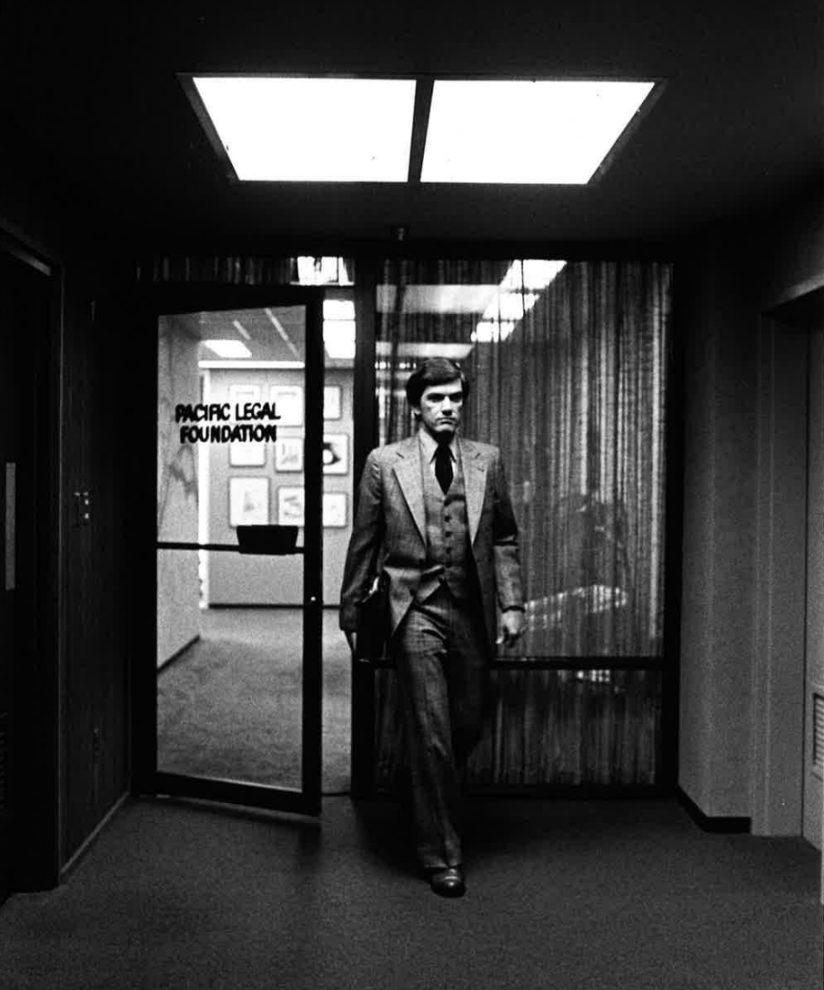 Pacific Legal Foundation was incorporated on March 5, 1973, in Sacramento, California. (PLF got its name partly by chance: The founders originally wanted to call the organization “California Legal Foundation,” but that name was taken. They settled on Pacific.)
Pacific Legal Foundation was incorporated on March 5, 1973, in Sacramento, California. (PLF got its name partly by chance: The founders originally wanted to call the organization “California Legal Foundation,” but that name was taken. They settled on Pacific.)
The firm had three employees—Zumbrun, Green, and a secretary—and a budget of $117,000 for the first ten months of operation. Hall served on the Board of Trustees.
Thirty-six-year-old Zumbrun was PLF’s president and legal director. Juris Doctor, a “magazine for the new lawyer,” called Zumbrun “an even-tempered man” who worked on weekends. After tangling with progressive public interest firms while working for Governor Reagan, Zumbrun saw a clear path forward for PLF to be a new kind of law firm.
“Where Pacific Legal Foundation differed from the other groups was that PLF was formed to defend and enhance individual and economic freedom in our country by litigating and participating in administrative proceedings to support the free enterprise system, private property rights, and concepts of limited government,” Zumbrun later said.
For Zumbrun, the social regulations coming out of Washington and similar trends in states like California—which had just formed the California Coastal Commission—were part of a larger, philosophical battle about whether government could subjugate individual rights to advance certain public goals. Although much of PLF’s early casework involved environmental regulations and land use, Zumbrun made it clear that PLF was not anti-environmentalist. “When we tangle with environmentalists, it’s when they get carried away with their subject matter and go too far,” Zumbrun told Juris Doctor.
For PLF, it was about the people on the other side of those regulations—the farmers, homeowners, and entrepreneurs whose property rights and economic freedom were being stripped away when government went too far.
And many Americans were thrilled to see their interests finally represented by a public interest group. “We continue to get a tremendous kick out of the activities of the Pacific Legal Foundation,” California Farmer magazine wrote in 1974.
“The idea is new,” Jack Pickett, publisher of California Farmer, told Juris Doctor in 1975. “It is wild. Imagine an organization defending the good of the public! Have you ever tried to plead your case before your county board of supervisors? There is no place to turn. That’s why this organization looks so good to me.” (Juris Doctor called Pickett “typical of the fans of the Pacific Legal Foundation.”)
PLF’s early years
By 1976, PLF had grown from a staff of three people to 39. It had a budget of $1.2 million and offices on both coasts after opening a second office in Washington, DC. Its attorneys included Raymond Momboisse, who’d spent 19 years as California deputy attorney general, and Don Pach, who headed up the land use division. In its first three years, the firm had challenged the legality of the Occupational Safety and Health Act, fought race-based discrimination in public programs, represented strike-breaking farm workers, and battled California over carpool lane laws.
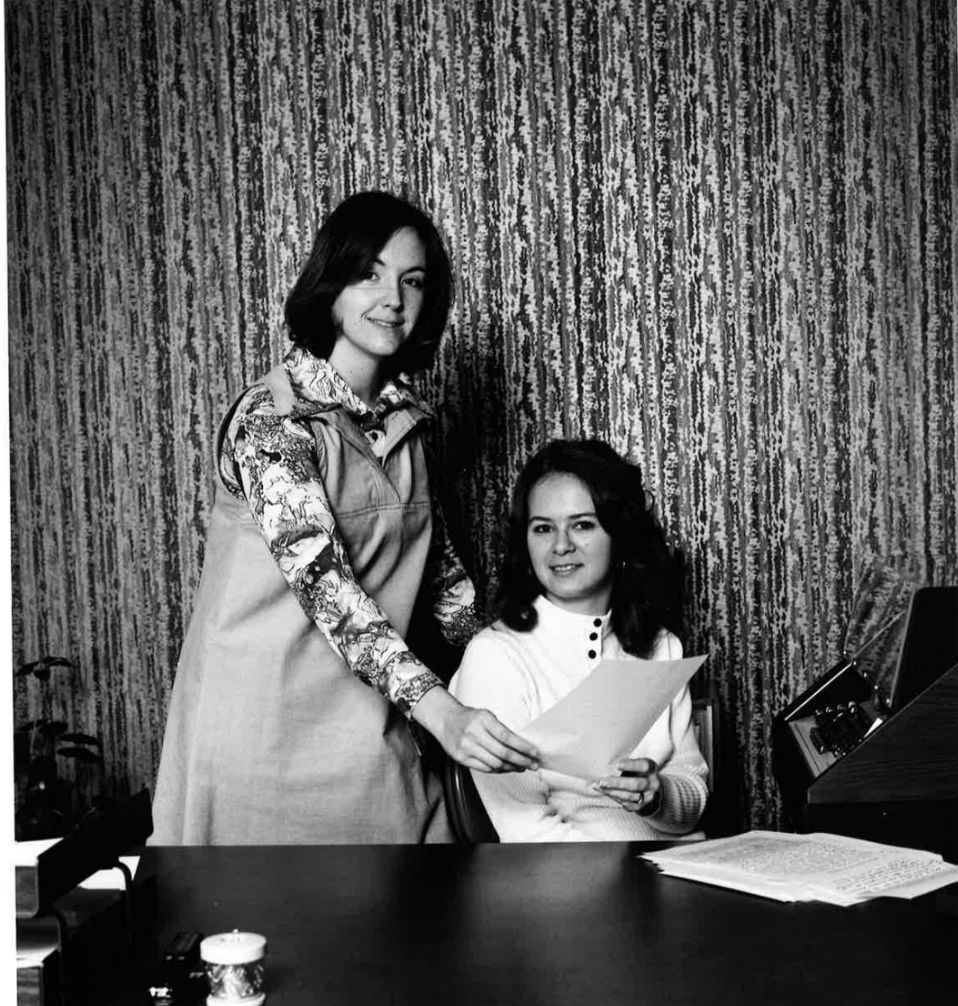
Each of these cases “demonstrated a fundamental skepticism about the competence of the public officials charged with regulating, planning, or investing public resources,” author Jefferson Decker writes in his book The Other Rights Revolution. “Zumbrun did not necessarily object to all planning or regulation on principle. But he did believe that the new social regulation created a crazy-quilt of overlapping authorities and legal rights of action—with no particular mechanism to ensure that they produced coherent public policy.”
PLF’s clients—many of them middle-class property owners who simply wanted to modify their property or use their car without butting up against regulatory agencies—drove the firm’s success. “These clients allowed Pacific Legal Foundation to develop a specific expertise on a set of political conflicts and legal disputes that would roil late-1970s California and reverberate into national politics and legal doctrine,” Decker writes.
The success didn’t go unnoticed: PLF’s donor base grew until the firm had supporters across the country. One prominent Boston attorney published an open letter in the American Bar Association Journal in 1976, urging all lawyers “interested in working pro bono for common sense” to “contact the Pacific Legal Foundation, 455 Capitol Mall, Sacramento, California, which is in need of all the help it can get…”
The beginning of a movement
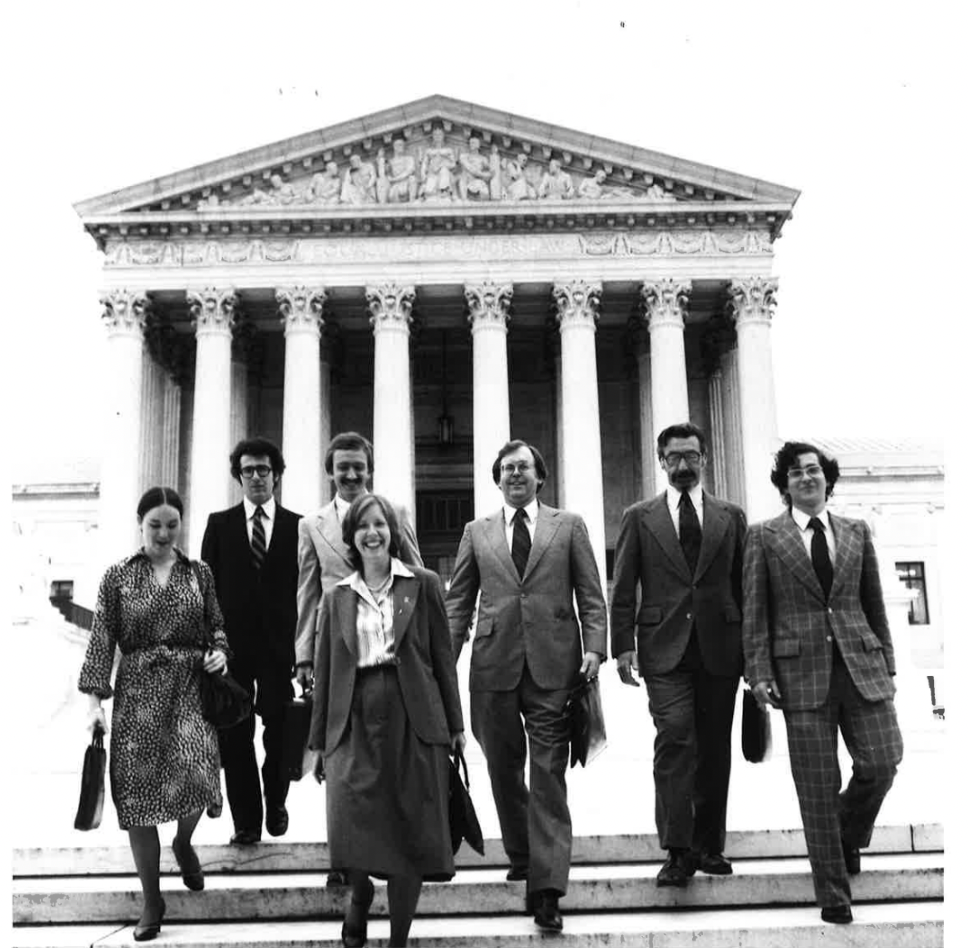 When PLF celebrates our 50th anniversary with a gala in Washington, DC, this month, we’ll be celebrating 50 years of heroes who drove PLF’s work: the clients and supporters who changed history, case by case.
When PLF celebrates our 50th anniversary with a gala in Washington, DC, this month, we’ll be celebrating 50 years of heroes who drove PLF’s work: the clients and supporters who changed history, case by case.
We’re also celebrating the movement that grew and thrived around PLF: The allies, many of them inspired by PLF’s early success, who advanced liberty on legal and policy fronts around the country.
In 1977, Mountain States Legal Foundation, Washington Legal Foundation, and the Cato Institute were born. The Mercatus Center joined the scene in 1980. In 1982, a group of law students formed the Federalist Society. In 1991, two Mountain States Legal alums founded the Institute for Justice (where I got my own start in the public interest legal movement). FIRE came several years later in 1999. And that’s just a few names. There are dozens of groups now in existence utilizing litigation as their theory of social change
It is an impressive, diverse movement of people committed to advancing liberty and justice—and PLF is proud of our early role.
“There was a time when liberal organizations could claim a monopoly on ‘public interest’ cases,” the American Bar Association Journal wrote in 1984. “But those days are over.” Noting the new liberty-oriented groups that had emerged, the journal called Pacific Legal Foundation “the granddaddy of them all.”


